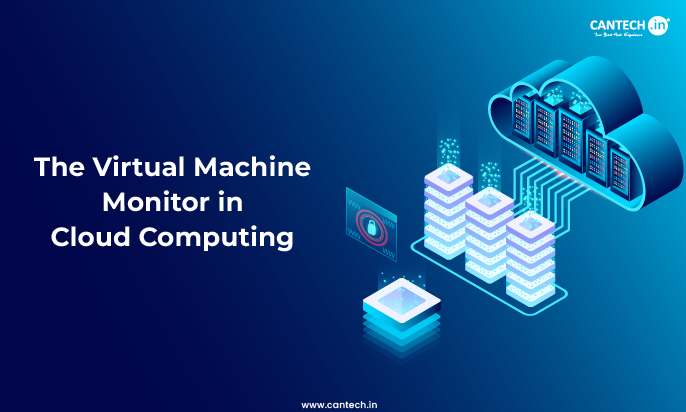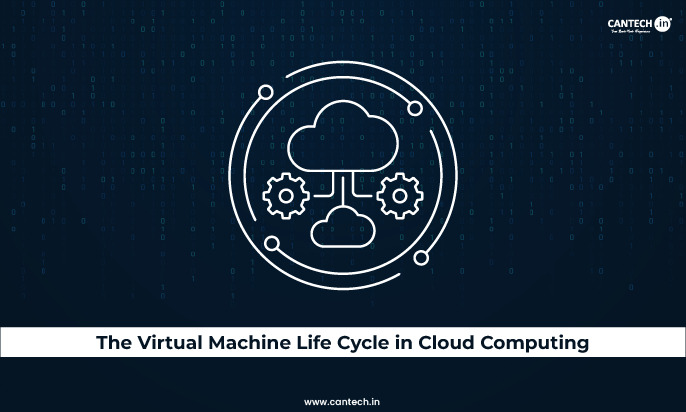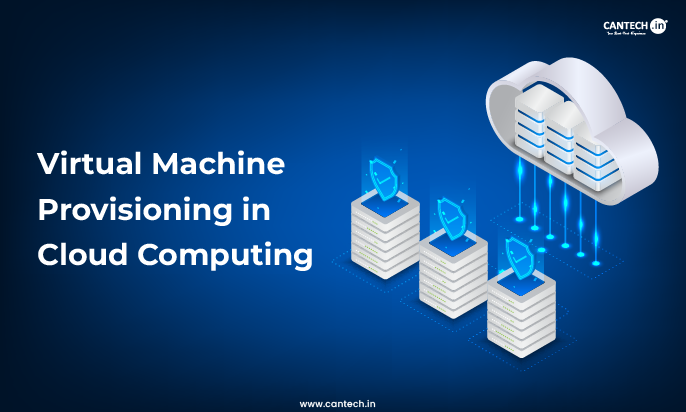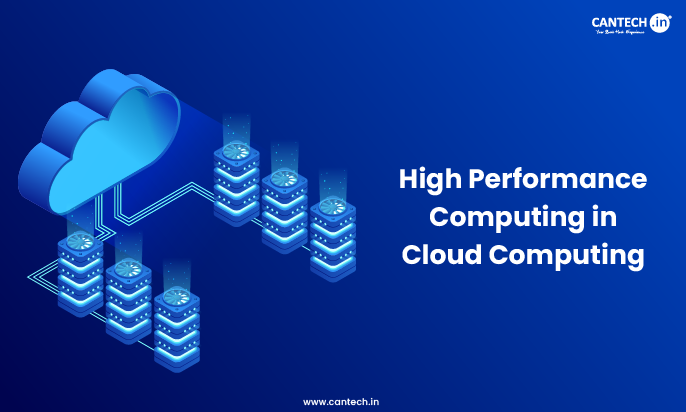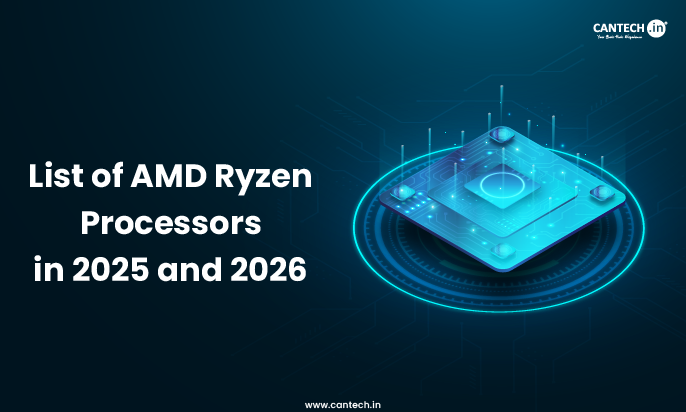Take the example of a single physical computer which can at the same time run a number of, entirely independent operating systems. It can be a Windows server at one moment and a Linux server at another, or both, operating a web app and a data analytics server at the same time. The virtualized environments are not mindful of the existence of other environments but they exist harmoniously on a common hardware. The basis of this technological miracle is a basic software element called the Virtual Machine Monitor which is the underdog and the cornerstone of modern cloud computing.
The understanding of the Virtual Machine Monitor is a valuable requirement to every individual who takes part in cloud computing such as the developers, IT administrators, as well as the business leaders that make strategic technology decisions. This is a detailed guide that aims at de-mystifying the VMM by focusing on its fundamental functionality, the applicable architectural designs, as well as its critical role in making cloud-computing secure, efficient, and scaled. We will however move forward to the next level of definitions to higher concepts, hence providing the reader with a concise and comprehensive comprehension of this underlying technology.
What is Virtual Machine Monitor?
The initial question that should be asked is what is a virtual machine monitor. A Virtual Machine Monitor, also known as a hypervisor, is a sophisticated software layer that develops and manages virtual machines. Its main duty is to virtualize the physical hardware, i.e. the CPU, memory, storage and network controllers, and expose these resources to numerous guest operating systems as though each of them had been given a fully dedicated machine.
In cloud computing, Virtual machine monitor is abbreviated as VMM; this is a very fitting name because it describes the role perfectly: it oversees and controls the accessibility of physical resources to all the virtual machines running on it. It can be compared to a leader of a big orchestra.
The physical server is the concert hall, the CPU, memory, and storage are the instruments, and the virtual machines are the different musical sections. The conductor doesn’t play an instrument but ensures every section gets the right cues and resources at the right time, creating a harmonious performance from what would otherwise be challenging.
A virtual machine is a computer emulated using software. It runs programs just like an actual machine, with its own virtual CPU, memory, network interface and storage which all is controlled by the virtual machine monitor (VMM). This abstraction forms the basis of the most exalted characteristic of the cloud multi-tenancy: in which several customers can safely share a single physical infrastructure without knowing of each other.
The Fundamental Operations of a VMM: A Manager and More
VMM role goes way beyond resource partitioning. It carries out a number of very vital roles that are indispensable to the stability, security and the performance of the whole virtualized environment.
The resources abstraction and isolation are the core of VMM responsibilities. The VMM exposes the underlying hardware, which gives all of the guest operating systems a standardized, homogeneous set of virtual hardware. As a result, software that is specific to a hardware can be operated with an entirely different physical server without modification. In addition, the VVM provides a very strong level of isolation of the virtual machines; a crash or security attack of one virtual machine cannot impact on the other since the VVM forms a kind of protective shield and every virtual machine has a safe sandbox.
The task of scheduling and allocating resources is a dynamic process that is managed by the VMM. Although the physical CPU may have a restricted number of cores, the VMM should make available dozens of virtual CPUs that believe that they have exclusive access to them. It does this by using advanced time slicing algorithms which ensure that CPU cycles are allocated to each virtual machine in a manner that emulates parallel execution. Similarly, the VVM handles memory translation of the virtual memory addresses used by the guest operating system into the physical addresses of the host machine- this is not only complicated but also very important in terms of performance.
There is a virtual device interface in the VMM as well. It is similar to traditional hardware devices like network cards and disk controllers, and as such, allows the guest operating systems to use their standard drivers without being modified. A virtual machine will send a request to the virtual network card, the VMM intercepts that request and converts it into an operation on the physical network interface, effectively controlling the flow of data to all of the VMs using the host.
Lastly, the VMM has the life-cycle responsibility of managing the life-cycle of the entire virtual-machines. It manages the start, stop, pause and migration of the virtual machines. The ability to do live migration, in which a running VM is migrated across physical hosts without disrupting its execution state or memory, is a direct result of the advanced control that VMM has over the execution state and memory of the VM.
Exploring the Different Types of VMM
Not every hypervisor is created equally. There are typically two main types of VMM Type 1 (bare-metal) and Type 2 (hosted), depending on their architecture and the level of the software stack that they are deployed.
Type 1 or bare-metal hypervisor is installed on the physical server hardware. It is a specialised and lean operating system that runs only virtual machines. They include VMware ESXi, Microsoft Hyper‑V and the open-source KVM (Kernel-based Virtual Machine). Type 1 hypervisor systems are highly efficient with high performance, strong security and stability because they are not based on an intermediate operating system between software and hardware. They are the unquestioned norm of enterprise data centres and cloud-computer environments like Amazon EC 2, Google Compute Engine and Microsoft Azure.
Hosted hypervisors (also known as type 2) are run as an application on top of a normal host system, including Windows, macOS, or Linux. Oracle VirtualBox and VMware Workstation can be examples. This model has the host OS that controls the hardware, and the VMM is a process that runs on the host OS. Less difficult to configure and more optimal in development, testing, and desktop use, Type 2 hypervisors add an extra layer of latency and overhead since any hardware request within a VM has to go through the host OS prior to action. They are not usually used in the cloud to do production server loads because of their performance capacity.
This is slightly missing in modern evolution, especially with KVM. KVM is realized as a kernel module, making the Linux kernel itself a bare-metal hypervisor which provides the performance of Type 1 hardware but with the ease and user-friendliness of a general-purpose operating system.
The Vitality of VMM in Cloud Computing
Cloud computing VMM is not a mere convenience, it is the core driver of the cloud business model. Its contribution is varied and spans all spheres of cloud service delivery.
Server consolidation is the greatest contribution. Most servers before virtualization were single-application, and they were running at a low utilisation of 515% utilization. A Virtual machine monitor also allows one physical server to allow dozens of virtual machines thus increasing utilization percentage to 80 or more. This consolidation has significant physical footprint, power and cooling reduction in data centres, which translates to significant cost savings as well as environmental impact reduction on cloud providers.
The VMM is also the key facilitator of cloud agility and elasticity. The ability to deploy a new virtual machine within minutes as opposed to weeks is a direct result of VMM technology. When a user orders a VM by using a portal service of a cloud provider, it is the VMM on a physical host that eventually creates and starts that virtual machine. This is a feature of cloud computing whereby an access to compute resources is on demand.
Moreover, the VMM provides the security base of multi- tenancy. Virtual machines of rival businesses and aggressive systems can be on the same physical server in a public cloud. The VMM isolation does not allow a customer to access the data of another customer or impair their performance. This hardware-guaranteed isolation, which has been verified by the means of stringent independent audits, gives customers the assurance that they can use their most sensitive workloads in a commonly shared public cloud environment.
Virtual Machine Monitoring Tools: The Watchful Eyes
As the VMM is in charge of the resources, administrators need to have an insight into the performance and health of the VMM itself and the virtual machines that it is hosting. In turn, virtual machine monitoring tools are to be used. These tools are independent of the VMM but are needed in efficient operation management.
The metrics that are gathered by these tools are enormous and they include; CPU readiness time (those times that a virtual machine waits to access the CPU), memory ballooning, disk I/O latency and network throughput. They offer real-time dashboards, alerting functions and allow the operators to determine the bottlenecks, faulty hardware, and service level agreement performance. As an example, when a virtual machine acting as a noisy neighbor starts consuming too many resources and causing the impact on other workloads, the monitoring tools will alert the administrators and corrective measures can be implemented, e.g. by migrating the involved virtual machines to a less loaded host.
Some of the most common virtual machine manager software suites have their monitoring elements. VMware vCenter provides profound knowledge about ESXi hosts and its virtual machines, whereas Microsoft System Center Virtual Machine Manager provides similar functionality in Hyper-V. Tools like Nagios, Zabbix, and Prometheus coupled with Grafana are increasingly popular in the cloud-native and open-source sector and have been used to build a personal monitoring dashboard of KVM-based infrastructures. These are tools that cannot be ignored to ensure that the health, performance and efficiency of any production virtualized environment is maintained.
Security Questions: The Trusted Computing Base
The virtual machine manager forms a component of the trusted computing base considering that it is on the lowest software level. The hack onto the virtual machine manager will be disastrous because the attacker may acquire control over all the virtual machines on the host. Therefore, the security of the virtual machine manager is extremely crucial.
Developers of cloud providers and virtual machine managers establish several techniques to make the hypervisor harder. These are the development of a bare code base to minimize the attack surface and the deployment of mandatory access control systems or regular independent security audits and certifications. The main point is to choose a cloud provider, which exercises transparent and strong security, as far as customers are concerned. In this scenario, the shared responsibility model is applicable too: the provider secures the hypervisor, or the customer secures the guest operating systems and applications on their virtual machines.
Future of the Virtual Machine Monitor
Virtual machine monitors (VMMs) technology is still at a fast rate of development. The introduction of containers has made some professionals foresee the obsolescence of the old virtual machines, but in reality, the VMM evolves. Lightweight VMs, like Kata Containers or AWS Firecracker, are using containerized applications on a lightweight VM with better isolation than on a traditional container, proving that the original tenets of the VMM are more relevant than ever.
Moreover, there is an increase in the number of specialized type-1 hypervisors that are being developed to perform particular tasks. An example of such a VMM is AWS Firecracker, which was designed specifically to run serverless workloads, with ultra-fast startup times and low memory usage. This trend affirms a future where VMMs will be more specialized and efficient, and will be the base of the next generation of cloud-native applications.
Advanced VMM Operations
The basic functionality of a VMM determines its base capabilities but its higher sophistication lies in the sophisticated operational functionalities that are essential in modern day data centers. Live migration one of the strongest is the migration of a running virtual machine between physical hosts and it does not disrupt service. This is a feat that is engineered all the way by the VMMs both on the source and destination host.
VMM uses the process of iterative pre-copy to achieve this. It starts by copying the complete memory of the virtual machine to the new host as the VM is still running. The VMM makes repeated passes to transfer only the dirty pages that are changing in one of the memory pages in the process of this transfer. Following a few fast cycles, the dirty set of pages is reduced to a small size that allows the VMM to temporarily stop the VM, save the final state, and to restart it immediately on the new host. This process that occurs in milliseconds, gives cloud providers the ability to perform server hardware upkeep, load balancing and server consolidation with energy saving without the customer feeling that there is any downtime.
Another critical advanced function is memory overcommitment. This allows a VMM to allocate more total virtual RAM to its VMs than the physical RAM available on the host. This sounds counterintuitive, but it is based on the observation that not all VMs use their allocated memory at once. The VMM uses clever techniques like transparent page sharing, where identical memory pages (e.g., from similar OSes) are stored once, and memory ballooning, where a driver inside the guest OS is instructed to “inflate” by consuming unused guest memory, making it available to the hypervisor to reallocate to other VMs that need it more urgently. This allows for greater server consolidation and cost efficiency without compromising performance.
The VMM and Hardware
Current Virtual Machine Monitors do not exist in isolation; they exist in collaboration with dedicated hardware capabilities to ensure the maximum performance. To start with, the main issue was that some of the sensitive CPU instructions passed on by one of the guest operating systems would cause a trap to the hypervisor which would subsequently impose a huge overhead. This problem was solved when the manufacturers of CPU provided Hardware-Assisted Virtualization extensions, which are: Intel VT-x and AMD-V.
These extensions add a new execution mode to the CPU, allowing the guest operating system to execute its privileged instructions without causing a trap, and still have the Virtual Machine Monitor maintain final control in a more privileged higher-privileged mode to the root mode. As a result, the overhead of virtualization is minimized radically. Likewise, in I/O, technology like SR-IOV (Single Root I/O Virtualization), can allow a single physical network adapter to expose itself as many independent functionally separate and distinctly identifiable virtual functions, which may be directly allocated to a virtual machine. This setup avoids the hypervisor in data transfers and so provides almost native network performance, which is necessary in latency-sensitive programs.
Key Takeaways
The Virtual machine monitor is a work of software engineering genius, and it is at the heart of cloud computing. It is some form of invisible power that enables the agility, efficiency and economical model of the cloud. The VVM converts the inflexible physical servers into a liquid and scalable pool of computing power by abstracting hardware, isolating workloads, and dynamically managing resources.
The VMM forms a ubiquitous pillar of the large data centers of the large public cloud providers and small, private clouds that run enterprise applications. To understand the functioning of modern technology infrastructure, it is important to understand its role and function. It is the conductor that moves silently, but surely to keep the cloud-based orchestra playing in harmony, 24/7, 7 days a week.


